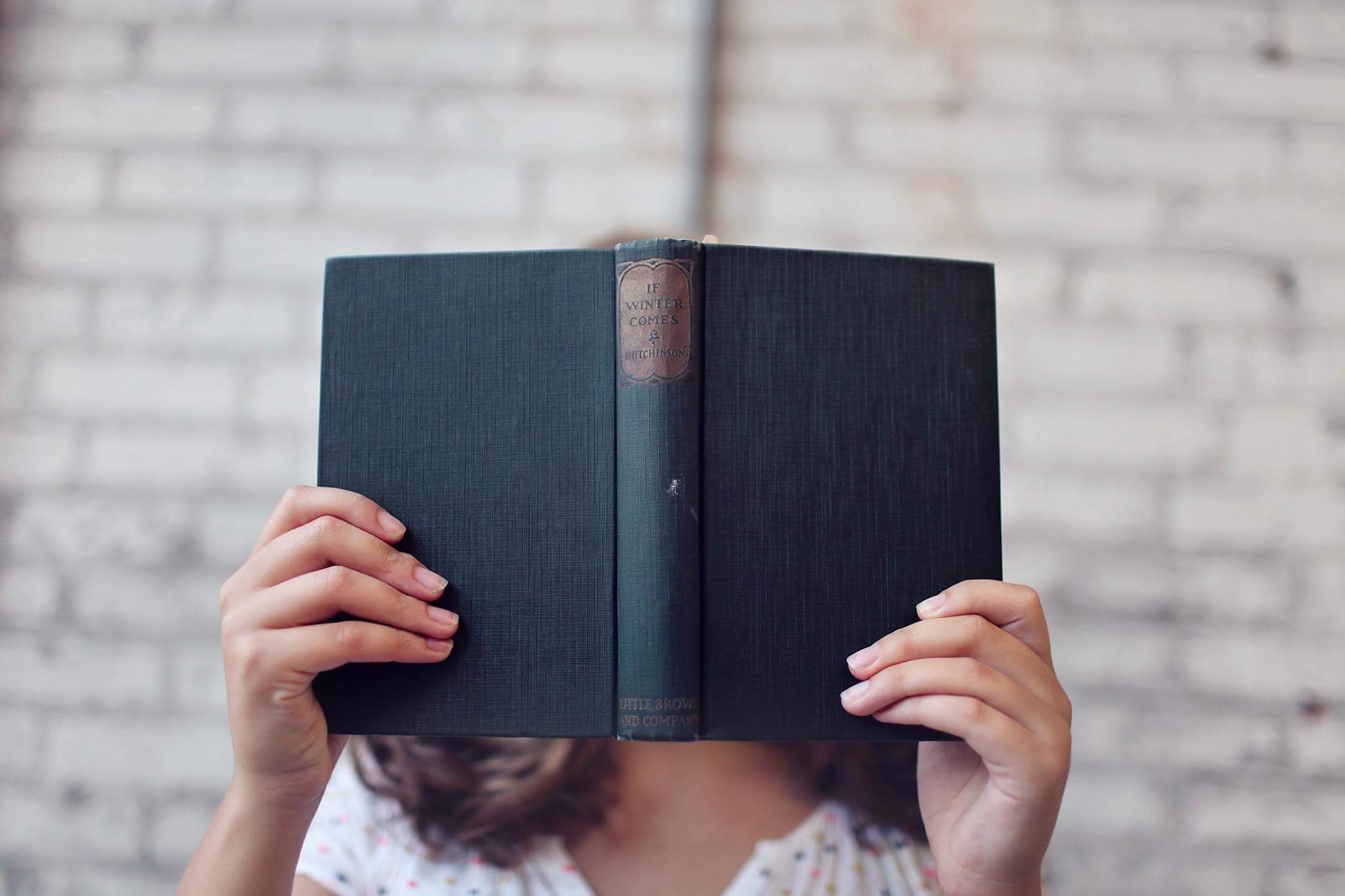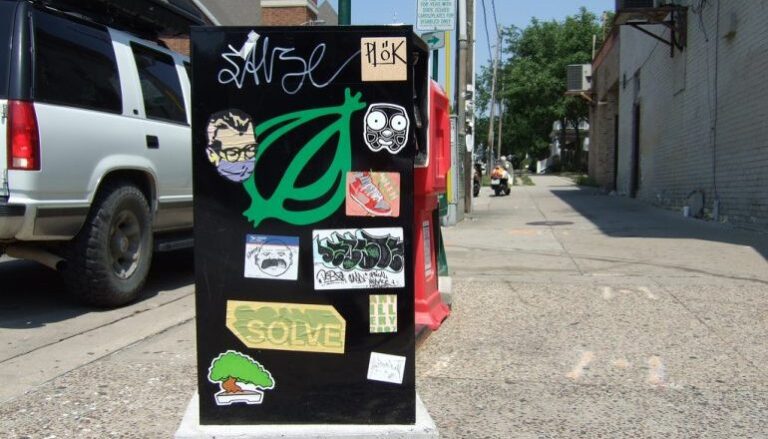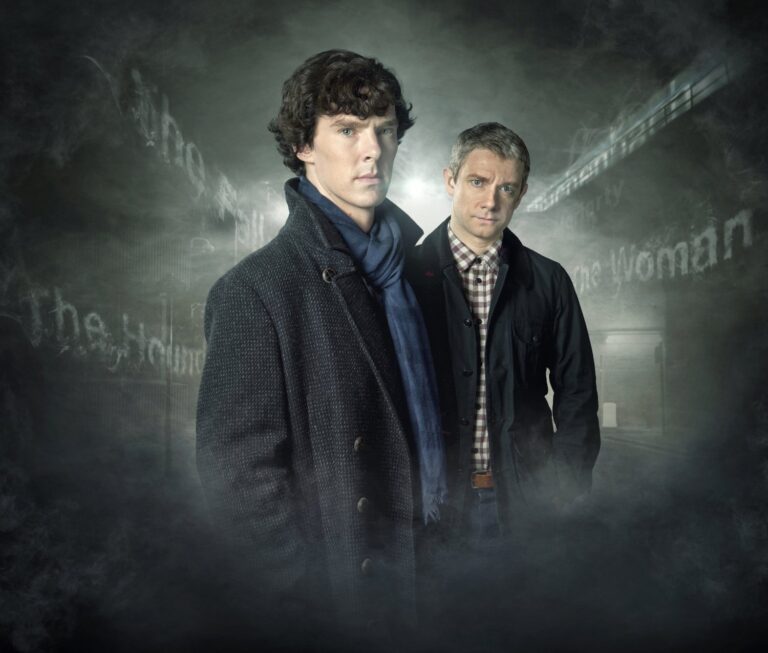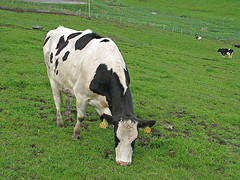What I Reread and Why

This week we welcome three new Get Behind the Plough bloggers to Ploughshares. The first is Angela Pneuman, whose fiction story “Occupational Hazard” appears in our Spring 2011 issue edited by Colm Toibin. Angela will post on Mondays through August.
When I started writing, one thing I never considered was how many other writers I would meet along the way and how many of them would become good friends. Like most friends, we often visit each other in our homes, and despite what often translates to a peripatetic lifestyle, we all lug around our books, shipping, driving, schlepping them from teaching gig to fellowship, from corporate stint to marriage. We set up shelves, we unpack, we categorize, we alphabetize. Then, when we visit each other, we check out each other’s books, comment on the overlaps, and note the differences for future reading.
Even among writers working in one genre, like fiction, we all have different preoccupations. One friend of mine is a Civil War expert and has rows and rows of history texts, historical fiction, bodice rippers—anything that deals even tangentially with that era in this country. Another has an entire bookshelf of his favorite novels adapted for the screen, right beside their companion DVDs. I have a modest shelf devoted to Shaker living, Mother Ann Lee, and Kentucky authors like Robert Penn Warren and Wendell Berry.
We all collect the masters of fiction, of course; to list them would be long and redundant. From Jane Austen to Emile Zola, we read, alphabetize and shelve. And those of us who attended college in the 80s or since have a section of theory texts for whenever we want to remind ourselves that there is no such thing as representation and that the author is dead.
My non-writer friends, as well as my mother, enter my book room—usually the living room—take a look around, and ask skeptically if I have really read all these books. And when I say, yeah, pretty much, I’m a tiny bit proud and a tiny bit embarrassed, having to wonder, as I’m sure my mother does, what else I could have accomplished if I had taken my nose out of even a hundred of them. And there are many among them I would never crack open again. Some, though, like Winesburg, Ohio by Sherwood Anderson or Good Morning, Midnight by Jean Rhys or James’ Portrait of a Lady, are so important to me that I go back to them over and over.
So when I go to a writer’s house and have a look at their books, what I want to know is which ones they read over and over. Usually something comes over a writer’s face, when you ask that. I’m guessing most of us got into the business by falling in love with a book, or two, and I never get tired of hearing why my friend Julie loves The Periodic Table by Primo Levi, how she found it at 19, in her pre-med coursework, and how it made her throw off pre-med and dedicate herself to writing. Or why another friend teaches Marilyn Robinson’s Housekeeping year after year—because each time it opens up new memories of her Midwestern childhood and helps her imagine that of her mother, too. And when you hit a point of connection—when a work so important to someone else is also what you reread, yourself—it’s like finding out you both have the same favorite friend, or hearing what your boyfriend’s mother has to say about his first day of school, thirty years ago. When I was younger it didn’t feel that way. I felt jealous that one of my most loved books was loved by someone else. I would have kept every copy of Something Wicked This Way Comes for myself, if I could have. But I’ve become more generous with time, and I find a friend’s perspective on the familiar dear and strange at the same time, and deliciously alienating, for a moment, as any new view of the well-known.
This blog covers what I reread and why, and I would be very interested in knowing what makes your list, too.
This is Angela’s first post for Get Behind the Plough.


